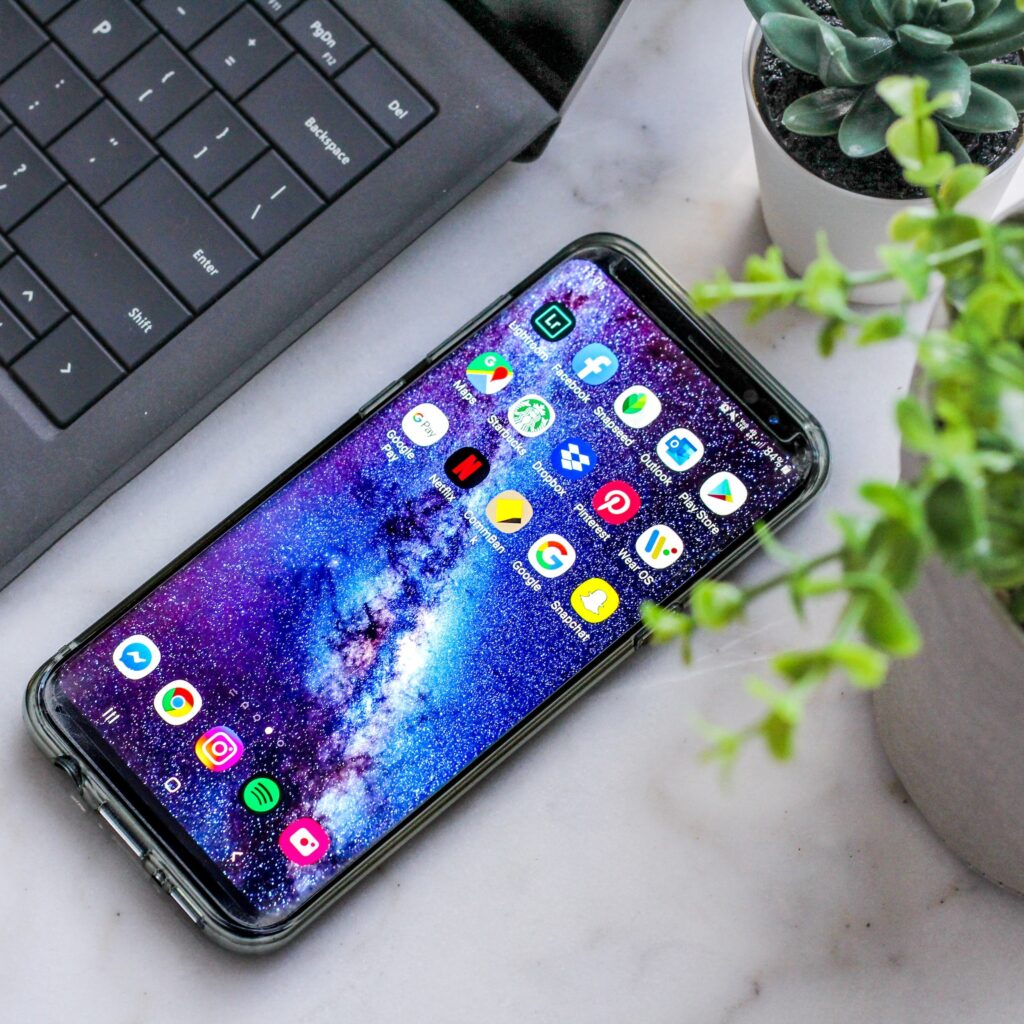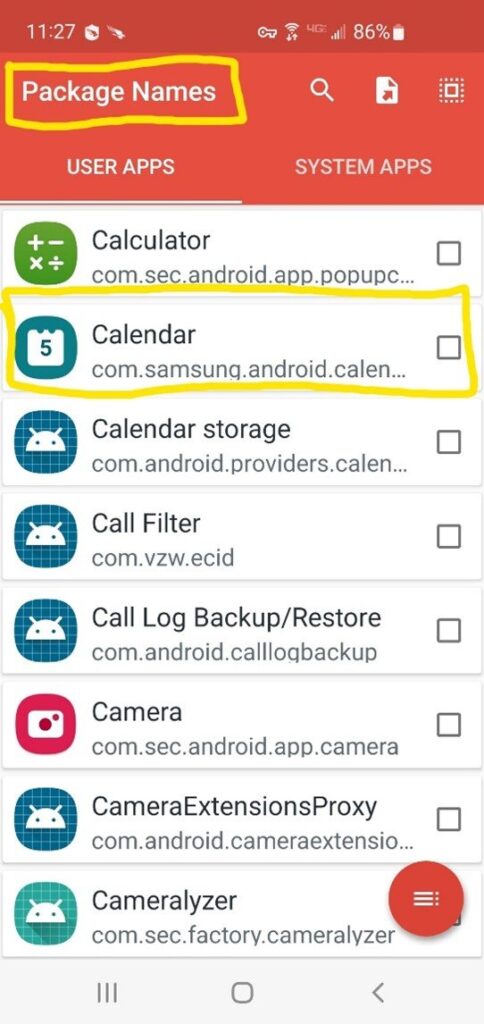
Sometimes, there may be a use case where a specific removed system app is needed and cannot be found on the Managed Google Play store. The opposite situation may be true as well as an unwanted system app still persists on the device even after ensuring system apps are not installed through the zero-touch provisioning profile. In either scenario, using Android Enterprise system apps helps solve these issues and leads to easier management of system apps. *Android Enterprise system apps can only apply to corporate-owned, fully managed or dedicated devices.
By adding an Android Enterprise system app to Intune and then either assigning it as Required or Uninstall, will ensure the system app is available or removed from the device. It is important to note that only the system apps pre-loaded by the OEM and/or mobile carrier vendor, found on the devices, can be configured as Android Enterprise system apps for the assigned devices. System apps from other OEMs or mobile carrier vendors cannot be added as Android Enterprise system apps as Intune relies on the package ID of the apps found on the assigned device. Please see below for instructions on how to add and configure Android Enterprise system apps:
Configuring an Android Enterprise system app in Intune
-
Navigate to Apps -> Android
-
+Add -> App type: Android Enterprise system app
-
Enter in a name for the new Android Enterprise system app (recommended to keep the same name as the original system app), name for the publisher of the app and the app’s package name/ID.

a. In this example, Samsung Calendar app is being configured for required installation. Application package IDs can be found by 2 methods: (1) Browsing to the web version of the Google Play store, searching for the app and then copying the last part of the URL next to “?id=”. However, some apps such as Samsung Calendar may not exist in the Google Play store and may only be distributed from the OEM or mobile carrier vendor. (2) If an app’s package ID or name is not accessible publicly, then a 3rd party application such as “Package Name Viewer 2.0” may be installed on the referenced device to detect all system applications and their IDs.

4. Lastly, once you have entered in the correct information for the system app, click Next through the menus until you reach Assignments. Here, simply assign the app as Required to devices/user groups that need it to be accessible and/or assign it as Uninstall to devices/user groups that need it removed. After the app has been assigned, select Next to move on to Review + create and then click Create after confirming all the details look correct.




